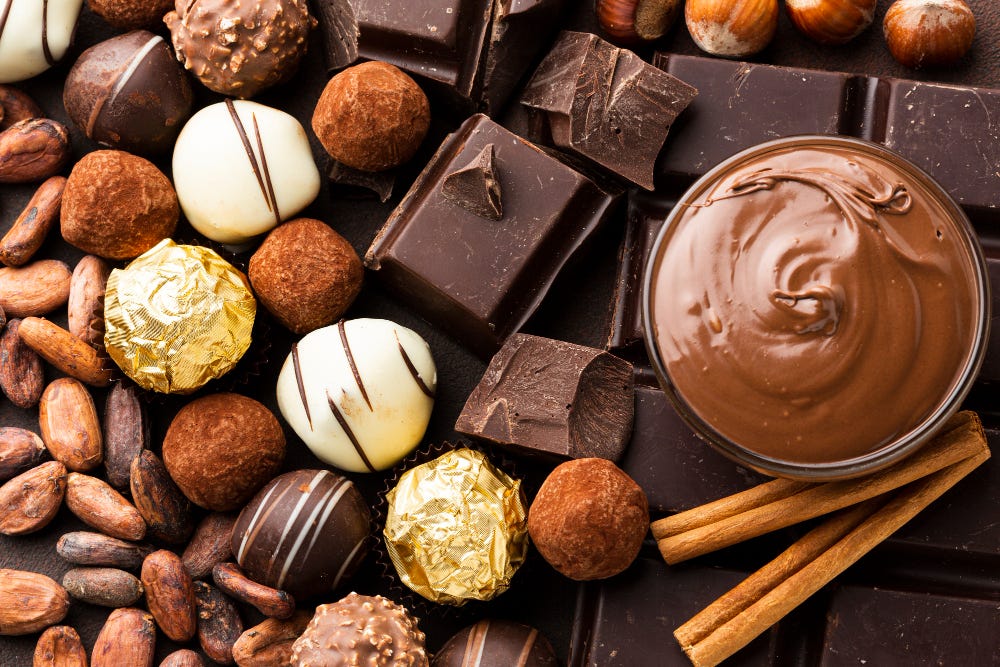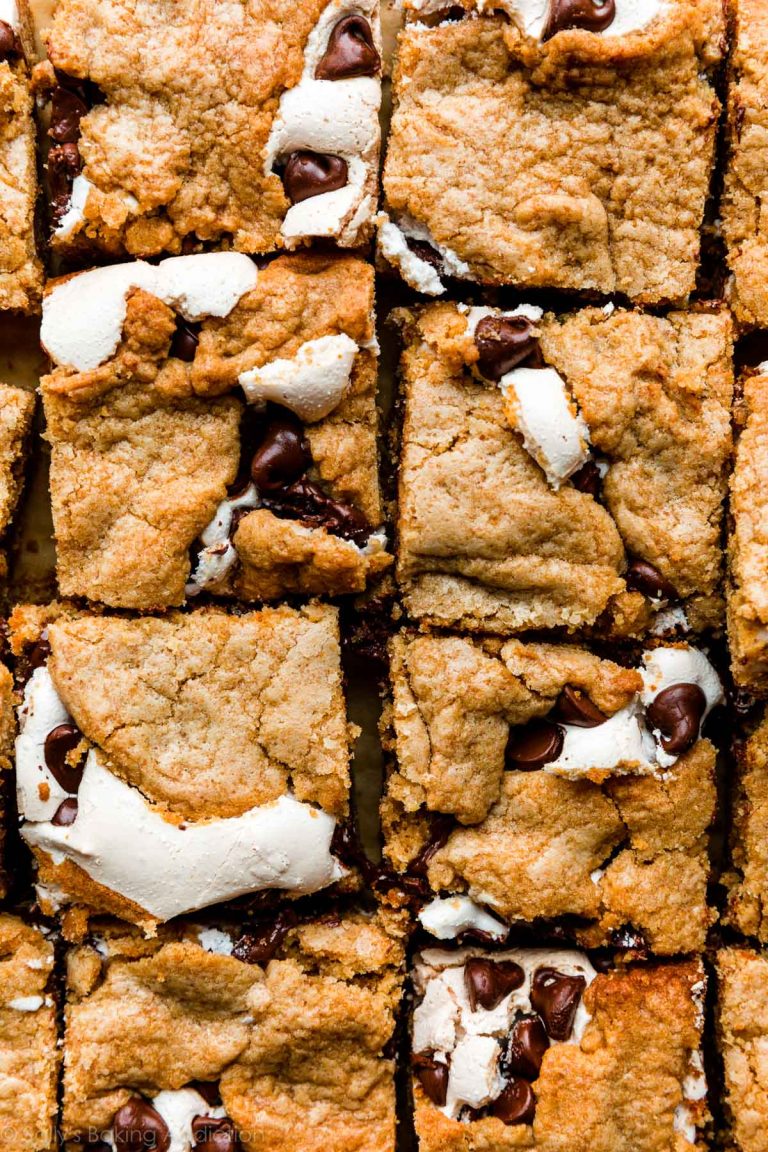Pralines: The Delicious History and Sweet Secrets
Pralines originated in France, specifically during the 17th century. The creation of this confection is credited to Clément Lassagne, a chef working for French diplomat César, Duke of Choiseul-Praslin. Lassagne innovatively combined almonds and caramelized sugar, resulting in a delectable treat named after his employer. This sweet quickly gained popularity among French nobility.
The Evolution of Praline Recipes
Praline recipes have evolved over the centuries, reflecting regional preferences and ingredient availability. In the 18th century, French settlers brought pralines to Louisiana, where they substituted almonds with local pecans and added cream. This adaptation gave birth to the Southern pecan praline, a rich, creamy variation that became a hallmark of New Orleans cuisine.
Today, praline recipes continue to evolve. Variants include ingredients such as chocolate, coconut, and various nuts. While traditional methods remain popular, modern confectioners experiment with new flavors and textures, ensuring pralines remain a beloved treat.
Exploring Different Types of Pralines
European Pralines
European pralines, originating from France, are known for their refined flavors and textures. Belgian pralines, for example, feature chocolate shells filled with ganache, buttercream, or nuts. They offer a luxurious experience for any sweet tooth. French pralines, on the other hand, combine caramelized sugar and almonds or hazelnuts, creating a crunchy texture and rich flavor. Many European countries have their own spin on pralines, but the use of high-quality ingredients remains a constant theme.
American Pralines
American pralines primarily take inspiration from French settlers in Louisiana. Southern pralines are a New Orleans specialty, featuring a creamy, fudge-like texture. These pralines use pecans, brown sugar, cream, and butter, resulting in a sweet, nutty confection. Entrepreneurs in the American South have expanded the flavor profiles by adding ingredients like coconut and chocolate. Although variations exist, both European and American pralines honor traditional methods while incorporating local ingredients and tastes.
Key Ingredients in Making Pralines
Sugars and Sweeteners
For pralines, sugars play a crucial role in achieving the desired texture and flavor. Traditional recipes typically use:
- Granulated Sugar: Forms the base of many praline recipes, providing sweetness and caramelization.
- Brown Sugar: Adds a rich, molasses-like flavor, ideal for American-style pralines.
- Powdered Sugar: Used for a smoother finish in some variations.
The type of sugar directly impacts the praline’s final taste and consistency.
Nuts and Flavors
Nuts are essential in giving pralines their unique crunch and flavor profile. The most commonly used nuts include:
- Pecans: Known for their rich, buttery taste, pecans are a staple in American pralines.
- Almonds: Often caramelized for French pralines, almonds add a distinct, sweet nutty flavor.
- Hazelnuts: Feature prominently in European pralines, providing a robust, earthy taste.
Additional flavors enhance and personalize pralines. These include:
- Vanilla Extract: Adds a layer of sweetness and depth to the overall flavor.
- Chocolate: Used in some European recipes for a luxurious twist.
- Coconut: Introduced in some American variations, offering a tropical note.
Selecting the right combination of sugars, nuts, and flavors ensures the pralines match traditional tastes or introduce innovative new profiles.
Pralines in Modern Cuisine
Incorporating Pralines Into Desserts
Pralines provide a rich, decadent element to various desserts. You can crumble pralines and use them as a topping for ice cream, offering a contrast of texture and a burst of flavor. Integrate crushed pralines into cake batters or bread pudding mixtures for enhanced sweetness and crunch. Chefs often use praline paste as a base for mousse or ganache fillings, enriching pastries and chocolates with its unique taste. Creating praline-flavored sauces can elevate desserts like panna cotta, adding depth without overpowering the primary flavors.
Pralines as a Snack
Enjoy pralines as a standalone snack for a sweet, nutty treat. Pre-packaged pralines offer convenience, making them an ideal choice for quick, on-the-go snacks. Pair pralines with cheese or fruit on a charcuterie board to create a balance of sweet and savory flavors, making them perfect for entertaining. Opt for praline clusters or bars that combine pralines with other ingredients like dried fruits or chocolate, diversifying the snacking experience. Pralines, due to their ingredients like nuts and sugar, also provide an energy boost, making them excellent for midday indulgences.
Health Aspects of Pralines
Nutritional Content of Pralines
Pralines, though delicious, contain high sugar and fat content. One serving (approximately 28g) of traditional Southern pecan pralines may have around 200 calories. This serving often includes 16g of sugars and 10g of fats, primarily due to the combination of brown sugar, cream, and butter. Additionally, pralines provide small amounts of protein, around 1-2g per serving, primarily from the nuts. Nuts also contribute beneficial nutrients like dietary fiber and essential minerals such as magnesium and copper, albeit in lower quantities.
Considerations for Health-Conscious Eaters
If you’re health-conscious, consuming pralines occasionally and in moderation is advisable. Due to their high sugar and fat content, overconsumption can contribute to weight gain, increased blood sugar levels, and elevated cholesterol levels. You might consider variations using reduced sugar or alternative sweeteners. Incorporating nuts with higher fiber content, like almonds, can also provide a healthier option. Additionally, monitoring portion sizes can help manage intake and balance indulgence with dietary goals.
Conclusion
Pralines offer a delightful blend of history and flavor, seamlessly merging European elegance with Southern charm. Whether you prefer the refined taste of European pralines or the rich, creamy texture of American versions, there’s a praline for every palate. While indulging in these sweet treats, it’s crucial to be mindful of their sugar and fat content. Opt for healthier alternatives when possible and enjoy pralines in moderation. By doing so, you can savor their unique taste without compromising your dietary goals. So go ahead and treat yourself to a praline experience that’s both delicious and mindful.






